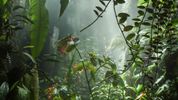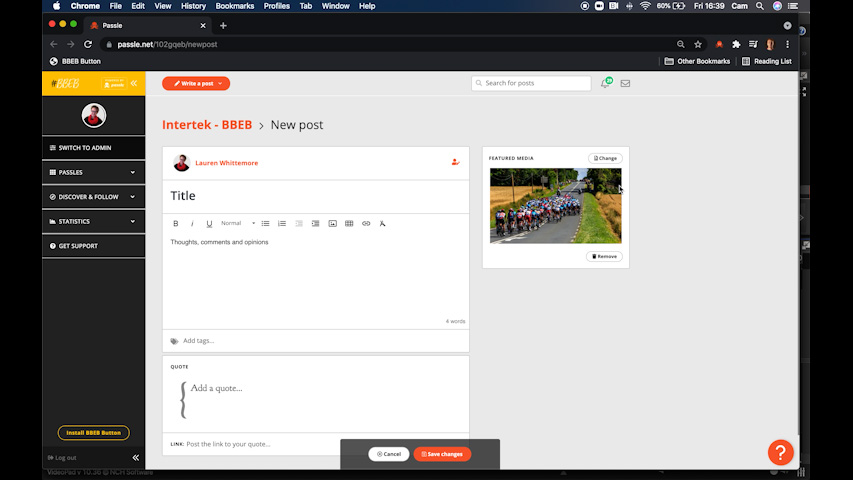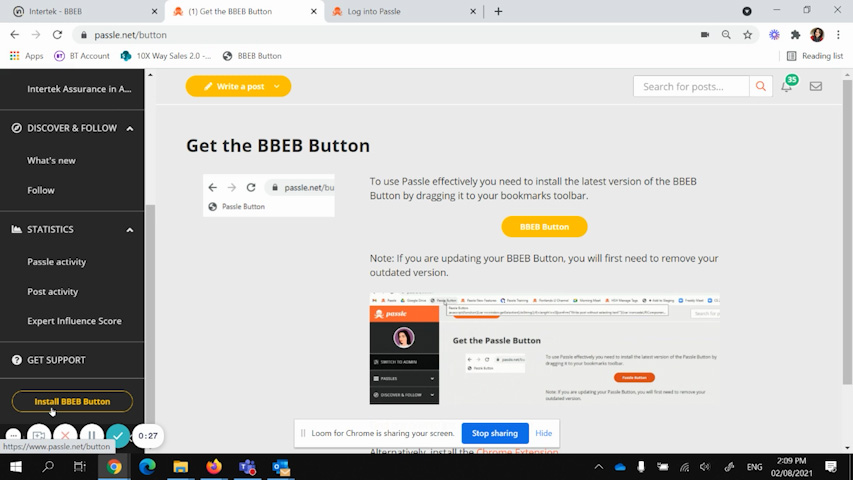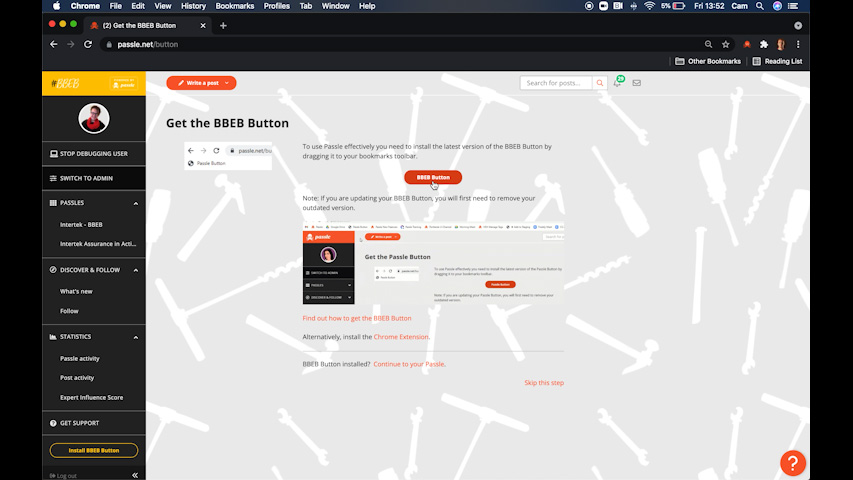In a paper recently published in Methods in Ecology and Evolution, researchers in the Conservation Forensics Lab at the University of Hong Kong have outlined a powerful new tool for monitoring trade of rare and endangered fish in Hong Kong wet markets. Using environmental DNA (eDNA) present in the drain runoff water of fish markets, researchers were able to extract and sequence enough DNA to identify over 100 species of fish that had passed through the market.
Barcoding is a common method of species identification, wherein certain regions of an organism’s genome are sequenced and used to identify the organism in question. Each species has its own unique ‘barcode’, which can provide a more reliable form of identification than traditional morphology-based methods.
This technique can be expanded to identifying many species at once (known as metabarcoding) thanks to advanced high-throughput sequencing technology. Even the small amounts of DNA shed from plants and animals into the environment (eDNA) are sufficient for metabarcoding and enable identification of mixed communities of species that may have been present in the area.
In this study, researchers in the Conservation Forensics lab aimed to develop a method for identifying fish species traded in Hong Kong markets that doesn’t rely on having fish taxonomy experts spend hours visually identifying every fish on sale. Further, many fish vendors are often reluctant to permit lengthy inspections of their wares, as endangered and CITES-listed fish species (such as the humphead wrasse) can often be found for sale in Hong Kong markets.
Dr John Richards, who led the study, said: “We hope that our method will not only encourage local authorities to adopt more high-tech solutions to monitoring and combatting the illegal wildlife trade in Hong Kong, but also help expand the use of eDNA and metabarcoding further into urban contexts.”
We hope that our method will not only encourage local authorities to adopt more high-tech solutions to monitoring and combatting the illegal wildlife trade in Hong Kong, but also help expand the use of eDNA and metabarcoding further into urban contexts.
https://www.miragenews.com/edna-used-to-identify-endangered-fish-in-wet-760282/
 unknownx500
unknownx500
















